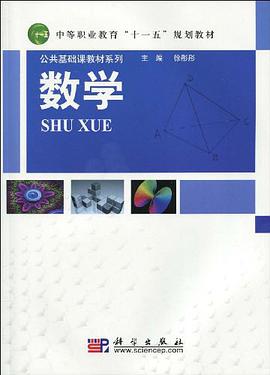

具体描述
The stress state in the earth's crust plays a very important role for engineering constructed in rock, especially underground works. Experience has demonstrated that an adequately high horizontal in-situ stress has a positive effect in stabilizing large span rock caverns near the ground's surface. On the other hand, high stresses resulting from large overburden, for example, may cause spalling and rock burst, threatening the integrity of the construction, whether this is a tunnel, cavern or a petroleum well. Both magnitude and orientation of in-situ rock stresses influence greatly location, orientation and support design of underground structures.
Several factors may contribute to, and influence upon, the formation of in-situ rock stress including gravity, topography, tectonic effect, residual stress, pore pressure change and geological structures. This makes it difficult to evaluate in-situ rock stress by indirect means. In other words, physical measurements have to be performed in order to get the true and accurate knowledge of in-situ rock stress. However, a number of indirect methods give approximate estimate of the rock stress which may be the only available method and often good enough for engineering purposes.
In the last years, substantial development in techniques for measuring in-situ stress and interpretation of the measurement result has taken place. The papers in this volume reflect the latest development in this challenging field, covering measuring techniques, interpretation methods and application of the in-situ stress in the engineering practice related to tunnelling, mining and petroleum exploration and production.
作者简介
目录信息
读后感
评分
评分
评分
评分
用户评价
相关图书
本站所有内容均为互联网搜索引擎提供的公开搜索信息,本站不存储任何数据与内容,任何内容与数据均与本站无关,如有需要请联系相关搜索引擎包括但不限于百度,google,bing,sogou 等
© 2026 book.quotespace.org All Rights Reserved. 小美书屋 版权所有




















